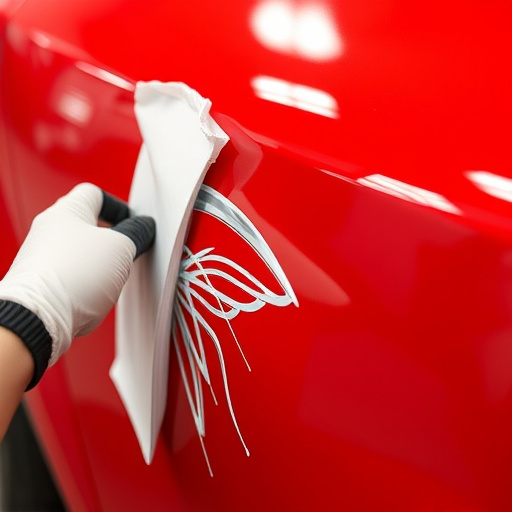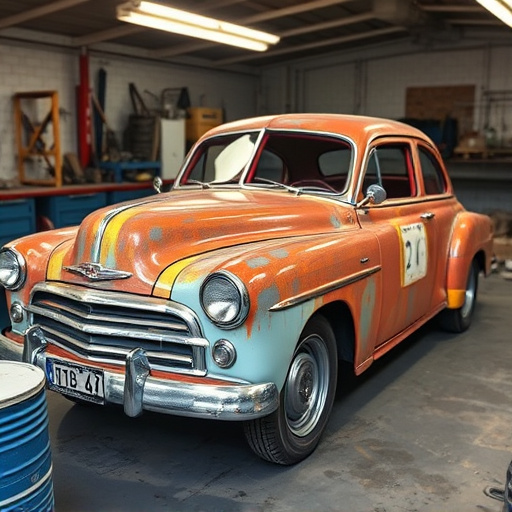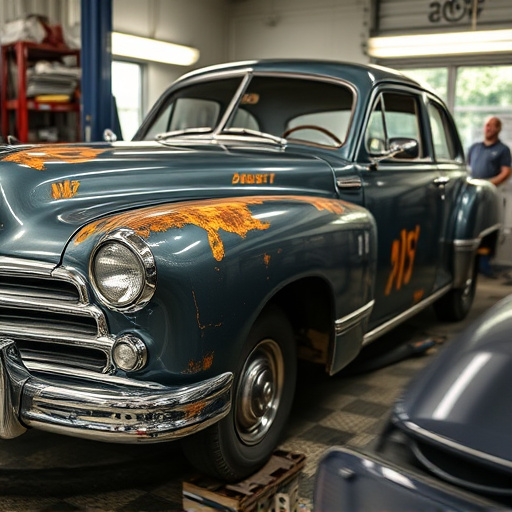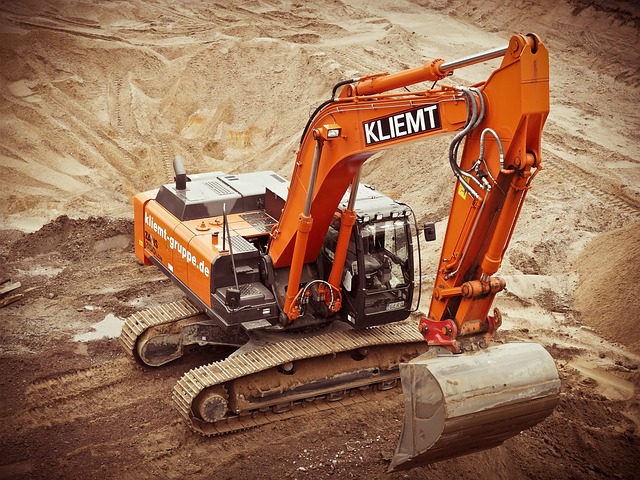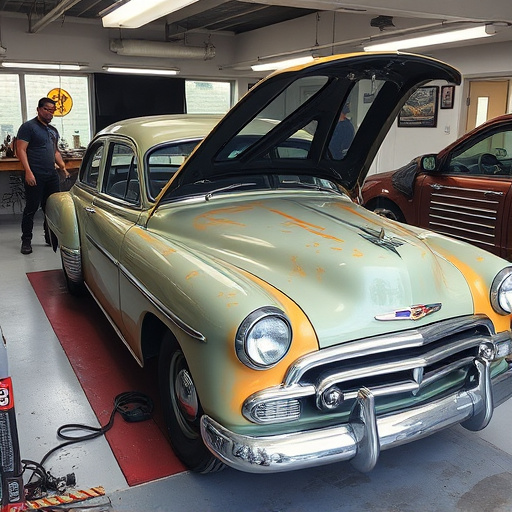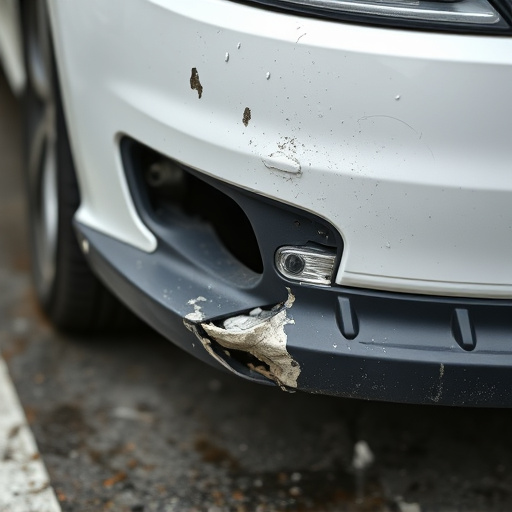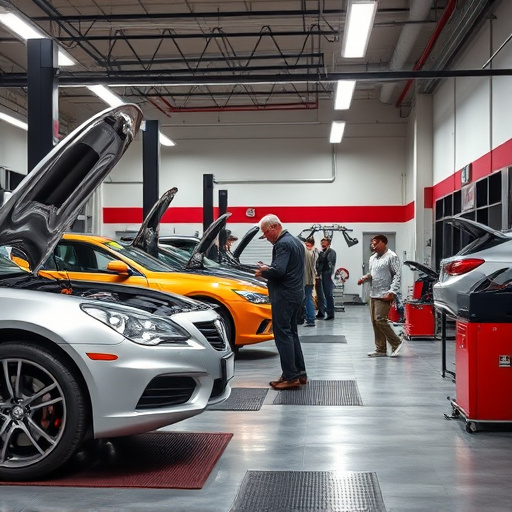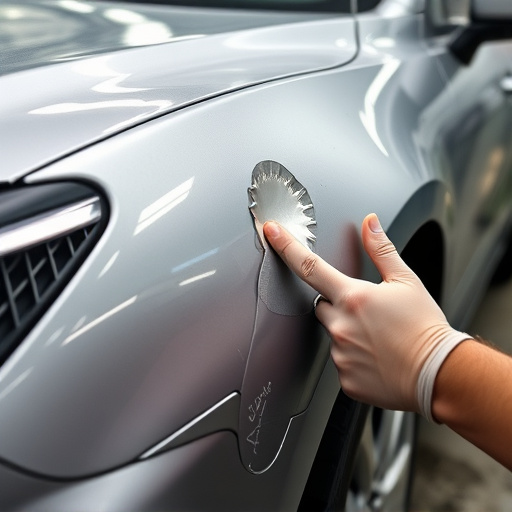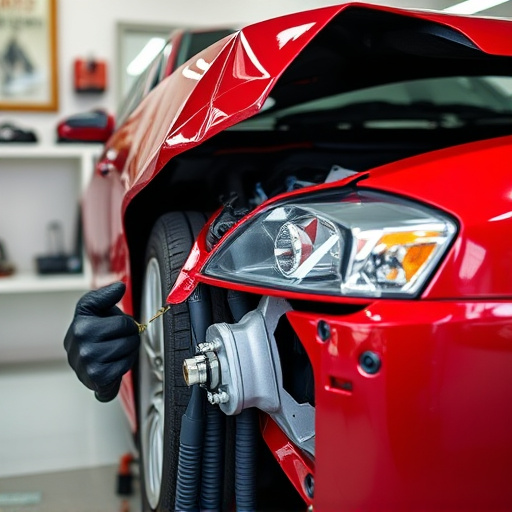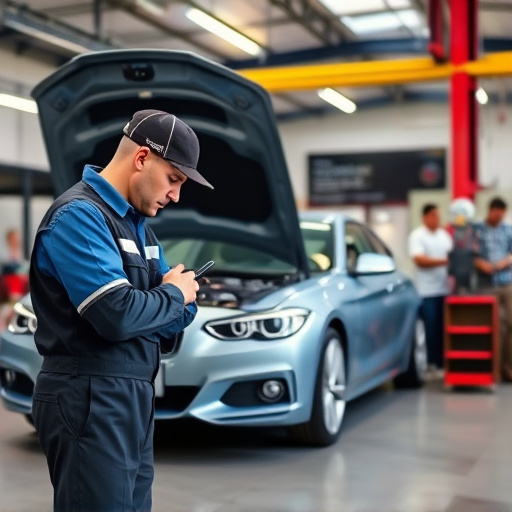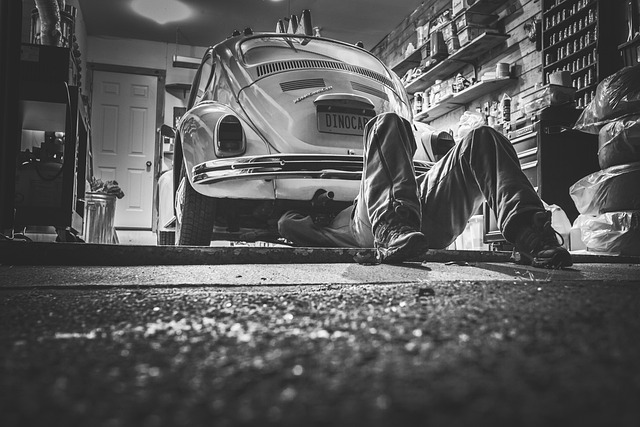Advanced welding techniques, including laser and robotic welding, revolutionize auto body repairs by providing precise, efficient, and strong solutions. These methods enable technicians to accurately fix complex damage with minimal heat harm, boosting repair quality. Auto shops mastering these techniques achieve superior results, enhance customer satisfaction, and streamline large-scale production, making advanced welding a valuable investment for modern collision repair services.
In today’s automotive industry, staying ahead requires embracing advanced welding techniques. This article guides auto shops through the process of implementing these cutting-edge methods, enhancing structural integrity and vehicle performance. From understanding the basics to navigating benefits and challenges, we provide a comprehensive overview. Learn how to apply these techniques step-by-step, ensuring superior weld quality and contributing to the overall advancement of automotive craftsmanship. Discover the power of advanced welding in revolutionizing auto shop operations.
- Understanding Advanced Welding Techniques: A Brief Overview
- Applying Advanced Welding in Auto Shops: Step-by-Step Guide
- Benefits and Challenges of Implementing Advanced Welding Techniques
Understanding Advanced Welding Techniques: A Brief Overview

Advanced welding techniques have become an indispensable skill set in auto shops, particularly for intricate car body repairs and vehicle collision scenarios. These techniques go beyond conventional welding methods, employing innovative strategies to enhance structural integrity and aesthetic appeal in auto body work. One such technique is laser welding, which offers precision and speed, making it ideal for creating seamless joins on complex automotive parts. This method utilizes a high-energy laser beam to melt metal, resulting in strong, clean welds with minimal heat input into surrounding areas.
Another notable advanced technique is robotic welding, where automated robots execute precise movements, ensuring consistent and repeatable welds. This is particularly valuable for large-scale production environments, streamlining the auto body repair process. Moreover, understanding these advanced welding techniques allows professionals to tackle challenging repairs, such as those involving intricate crumple zones or precision panel alignment in car body repair, ultimately elevating the quality of vehicle collision repair.
Applying Advanced Welding in Auto Shops: Step-by-Step Guide

Applying advanced welding techniques in auto shops involves a meticulous process that requires skilled technicians and state-of-the-art equipment. Begin by assessing the damage or specific repair requirements, selecting the appropriate welding method (e.g., TIG, MIG) based on material type and joint design. Next, prepare the work area, ensuring proper ventilation and securing components for stability. Apply a coating of welding flux to protect against oxidation and facilitate adhesion before carefully positioning the welding gun and initiating the arc.
Control the heat input precisely, adjusting the voltage and current settings according to the metal being welded. Maintain a steady arc length and angle while applying consistent pressure to achieve a clean, precise joint. Upon completion, inspect the weld for quality, using tools like magnifying glasses or ultrasonic testers to verify structural integrity. Proper cooling is crucial, allowing the metal to reach room temperature gradually before removing any excess flux. This meticulous step-by-step process ensures top-quality results in auto body shop services and car repair services, showcasing advanced welding techniques as a game-changer in modern auto repair shops.
Benefits and Challenges of Implementing Advanced Welding Techniques
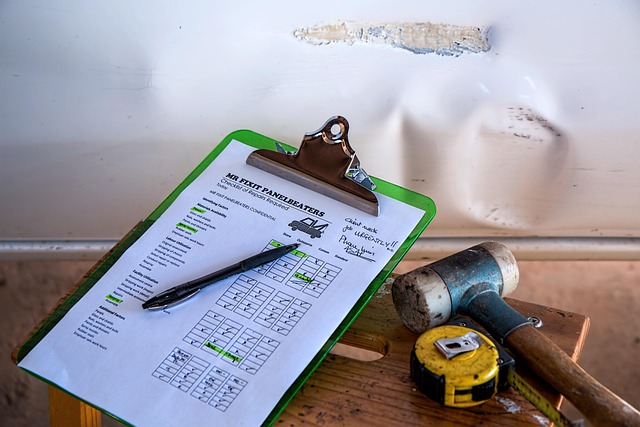
Implementing advanced welding techniques in auto shops brings a multitude of benefits, revolutionizing collision repair services and body shop services. These modern methods, such as laser welding and robotic automation, offer enhanced precision and efficiency, resulting in higher-quality repairs and reduced production times. The use of advanced technology also opens up new possibilities for intricate metal fabrication, allowing for more complex and precise body shop work.
However, there are challenges to consider when adopting these advanced welding techniques. Initial investment costs for specialized equipment can be significant, posing a hurdle for smaller auto repair shops. Training staff to operate and maintain these advanced systems requires time and resources. Additionally, the learning curve associated with new technologies might delay initial implementation. Yet, in the long run, the benefits of faster turnaround times, reduced material waste, and improved structural integrity outweigh these challenges, making advanced welding techniques a valuable asset for any modern auto repair shop.
Advanced welding techniques, such as laser welding and TIG (Tungsten Inert Gas) welding, offer significant advantages in auto shops, including improved precision, reduced material waste, and faster production times. By following a step-by-step guide that includes proper training, equipment calibration, and adherence to safety protocols, auto shop owners can effectively implement these techniques. While challenges like initial investment costs and the need for specialized skills exist, the benefits far outweigh the difficulties, leading to enhanced product quality and increased competitiveness in the market.

